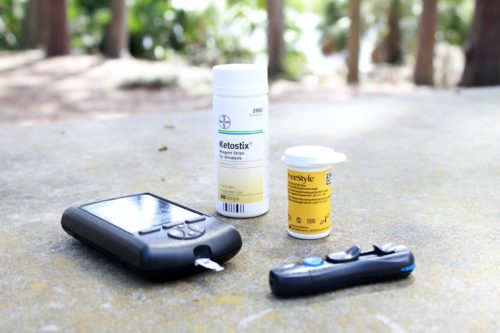How to Collect Patient’s History and Physical Information for Home Health Skilled Nursing Notes
Before doing any home health patient assessment, it is advised that nurses spend 10 minutes reading through the referral paperwork received or prior visit notes done on the patient. This can provide them primary information regarding the patient and the current problems patient is encountering.
For a recertification, nurses can as well contact the clinicians caring for the patient through the episode for a quick report. Doing this, nurses probably have some prior information regarding the patient before even the visit happened, which they can build on during the visit. This helps them to be better prepared for the visit and elicit more needed detail during the visit.
As the clinician is coming in more prepared for the visit, this practice also offers the advantage of wrapping up the visit early, thus saving time and effort for both the clinician and patient.
Usually, patients and caregivers appreciate home health staff coming in with some prior information about their health. This is viewed as home health staff taking personal interest in the patient’s health. This helps home health staff build a positive relation with the patient/caregiver and encourage their participation for goals set, which transforms into positive outcomes.
What is History & Physical
History & physical on the patient is a quick recap of patient’s overall health problems. While collecting this information, do not forget to collect detail on patient’s surgical history, if any.
It is a good practice to start with open-ended discussion, such as, asking the patient to give a small narration of their health status and what brings them on to home health. Allow the patient/caregiver to talk uninterrupted.
While taking down your notes on what is being said, reconcile it with the prior information you have of the patient from the referral paperwork or patient notes, which helps you come up with topics needing more clarification and detail.
Patients usually talk in a non-specific way, without adding detail to it.
Example 1: If a patient has cancer diagnosis, it is a common practice they make a mention of it and leave it at that. Clinician should further ask about the current status of the cancer, any metastases diagnosed, frequency of follow-ups with the oncologist, any treatment measures that are currently active, response to the treatment measures, any relapse of cancer in recent times, and so on.
Example 2: If a patient had a fall, they often mention it as a mere fall without any detail as to how the fall happened and the injury suffered. Clinician should further ask about the reasons for fall, such as, poor vision, noncompliance with use of assistive device, confusion with medication changes, tripping on oxygen tubing, weakness, and so on. Also, clinician should collect information on any ER visit, x-rays taken, any fractures diagnosed, etc.,
It is the clinician’s responsibility to elicit any detail needed, as this is what guides your plan of care and justifies your course of action. For the same fall we discussed above, the interventions could differ significantly, such as, asking patient to schedule for a vision exam, instructing patient on compliance with assistive device, reporting the confusion with medication changes to the physician and having dose adjusted accordingly, maintaining patient’s path clutter free, and ordering for a PT evaluation.
You have the best chance of collecting all information needed during the assessment time and while at patient’s house. If not, you could come up with questions while documenting the OASIS after the visit or the QA in your agency could return your OASIS document asking for clarification, which you don’t have. Effectively, your OASIS skilled nursing documentation could be held in limbo.
Medications & Other Information
Next, you can collect the list of medications the patient is on. This includes all prescription & OTC pills, inhalers, oxygen, insulins, IV medications, parenteral nutrition, eye drops, and so on. Check if the patient or caregiver is aware of the intended purpose of the medications one is on, as a medication could be taken by different individuals for different purposes. Asking the patient or caregiver the purpose for which medication was prescribed in their case can provide you more information about their health history.
By this time, you have the whole list of complaints patient has and the current active problems patient is encountering. You can then move on to asking more closed-ended questions regarding the status of a particular condition, if it is well-controlled or moderately controlled or poorly controlled with the current treatment measures, which can guide your plan of action & care.
Adding a brief note on hospitalizations/ER visits/falls in the last 6 months to one year, if any, along with the reasons and outcomes could provide more insight into the patient’s health history, add value to the need for home health, and justify the service provided.
Reference:
More information on how to collect the history & physical for OASIS assessments are discussed on OASIS-E training videos offered by Home Health OASIS Education
Editor's Pick
Leave A Comment
Related Posts
Transition from OASIS-E to OASIS-E1: Key Changes and Implications for […]
Importance of Clinical Narrative and Nurse Teachings while Documenting Home Health OASIS Assessments
Importance of Clinical Narrative and Nurse Teachings while Documenting Home […]
Navigating the Complexities of Medicare and Medicaid Reimbursement for Home […]
Engaging Your Team Around the IPR: Turning Data into Motivation […]
Engaging Your Team Around the IPR: Turning Data into Motivation […]

